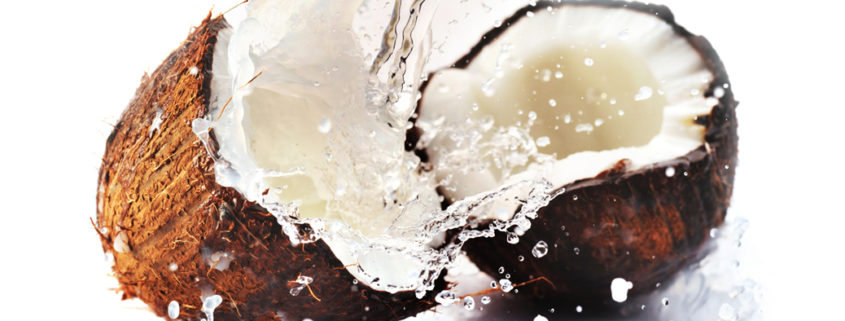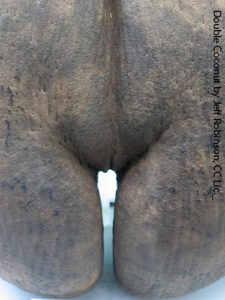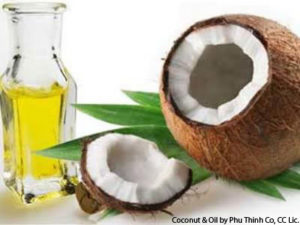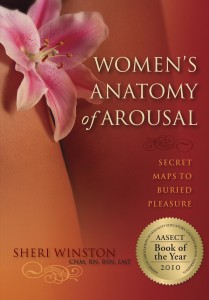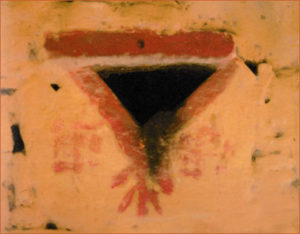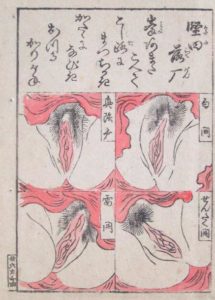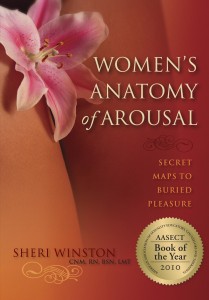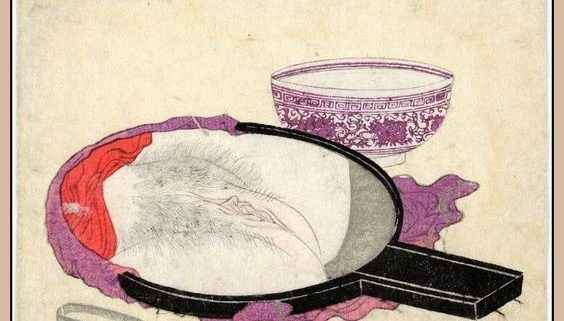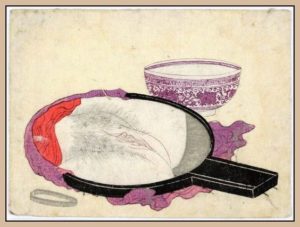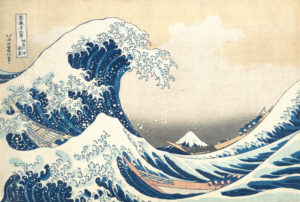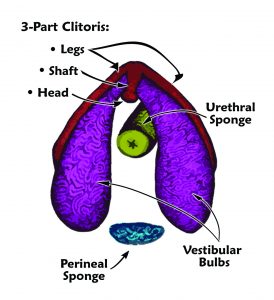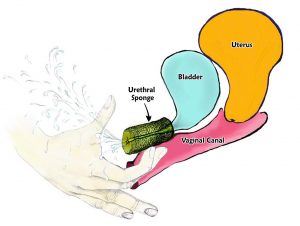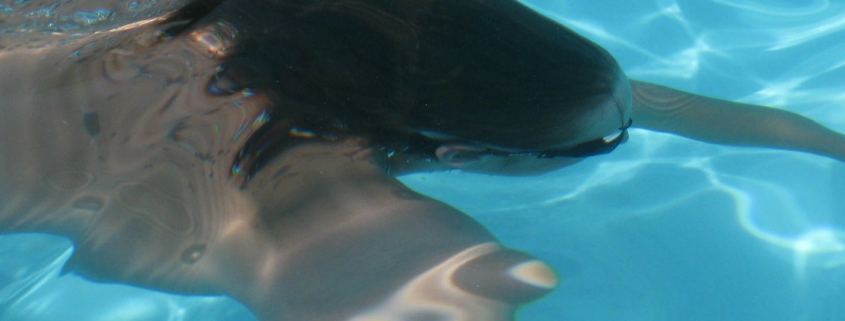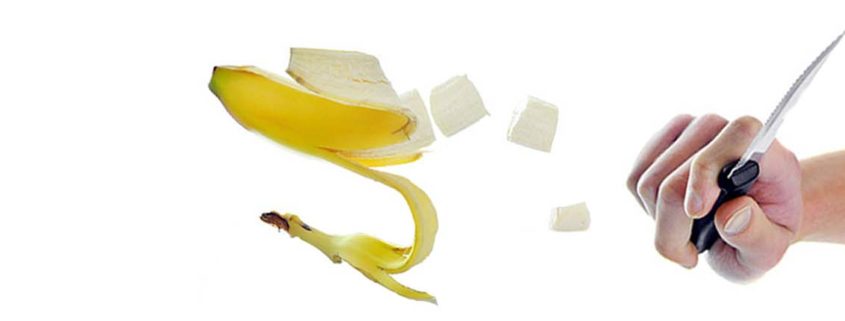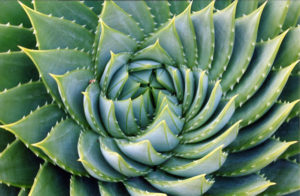The Elusive Female Orgasm: 3 Tips to Awesome Orgasm (Part 1)
Three Tips to Experience and Expand Female Orgasm
Orgasm is a learnable skill that every woman can acquire—and then expand upon.
Orgasm School?
Not having rip-roaring orgasms when you’d like to? Or at all? Don’t despair! Orgasm is a learnable skill —and every woman can become proficient at getting there. And if you already have your basic orgasm abilities down pat, you can use the same tools to expand your climax-ability.
Orgasm Challenges
Although sex is both natural and learned, for women, learning our path to orgasm is not always easy or natural. Just consider these statistics. Ten percent of women have never had one (yet!), while over half of women don’t have orgasms from intercourse, despite what you see in the wacky, unreal worlds of porn and romantic movies. Many if not most women are what I call “orgasm challenged”—sometimes they do, sometimes they don’t, and it’s a mystery why that is (or isn’t). So what’s a girl to do if she longs for delicious climaxes to her solo or partnered erotic experiences?
Relax–You Are NORMAL!
For starters, relax. There’s nothing wrong with you—these are simply skills you haven’t learned yet. That’s right: sexual abilities are learned, just like playing the piano, speaking French or any other complex set of skills. You can learn how to improve your orgasmic capacity if you want to. It will probably take some time, and you’ll definitely have to practice, but sooner or later you can be exclaiming, “Oui, oui, oui!” or “Whee, whee, whee!” Ultimately, the choice is yours.
Female Orgasm Basics 101
Unfortunately, in this world of ours it’s a lot easier to find someone to teach you French than it is to find a good orgasm class. Don’t despair! I’ll get you started right now on the basic class: Female Orgasm 101.
1. Slow Down and Take Your Time!
Since the average time spent in foreplay for couple sex is less than 10 minutes, we have one root cause of orgasmic issues right here. For most women full, deep and complete arousal can take up to 45 minutes. That’s right, 45 minutes! That amount of time is quite shocking to most people. When I present this info in a class there’s usually a moment of shocked silence. Then all the women give a big sigh of relief and suddenly light up with the understanding of why things may not work so well or how they’ve been engaging in erotic activities that they aren’t ready for—like intercourse. Our cultural models of arousal and orgasm are male-oriented, based on common patterns of men’s sexual responses. The male arousal pattern is of quick hot genitally-focused energy, leading to rapid erection. By contrast, for most women, most of the time, our erotic energy starts cool and diffuse and takes time to heat up and coalesce in our genitals. What’s the rush? Do you have something better to do than taking your time to get totally and utterly turned on?
Now, it is true that we women can learn how to enhance our arousal process and speed that curve up. In fact, everything I suggest below about learning to develop your own erotic mastery can help women get going faster. And everyone, both, men and women, can benefit from slowing down and taking enough time for both partners to get deeply and fully aroused.
2. Breathe
Breath is basic. You don’t have to remember any complicated esoteric formulas or worry if you’re doing it wrong. You certainly won’t forget to do it at all. Breath happens—and, if you want your orgasms to happen and then to expand, all you need to do is enhance whatever your breath is already doing by itself. Just do a little more. Breathe a little faster, draw it in a little deeper, let it out a bit longer, or open your chest and belly more. Enhance your breathing and you’ll augment your arousal. Don’t hold your breath or let anxiety tighten it up. Breathe into your pleasure, breathe into your body, keep it moving and you can breathe yourself right into a nice juicy orgasm. Keep breathing into it and your climax will be bigger and better.
3. Focus On Yourself
Yes, in this case it really is all about you. In order to get turned on, you need to connect to your own experience and feel your own pleasure. You can’t become a master musician only by playing duets. In order to become adept at playing your own instrument, you need to spend time doing solo practice. Yes: I did just tell you to go play with yourself. Solo sex is where you can pay attention to yourself without the distraction of another person’s needs, desires, expectations and demands. When focusing on your self-pleasure, you can discover what works for you and explore new pathways. Repeating behavior and action is how you learn. Like driving a car or playing a musical instrument, you need to practice to get good at any learned skills, including (and perhaps especially) sex. Then, just like playing the piano, when you get the learning practiced, automatic and embodied, you can let go of thinking and just let the music flow out of you.
That doesn’t mean you shouldn’t play with partners when appropriate and available. Go ahead — have fun with your playmates! However, if you want the most pleasure possible and the easiest access to your orgasms, you must also cultivate your own abilities, by yourself.
Now, go ahead and have some sweet sensuous succulent solo sex!
This is an excerpt from Sheri’s book, Succulent SexCraft: Your Hands-On Guide to Erotic Play and Practice.
Want more? Check out our free e-book Orgasmic Abundance!
Read Part Two for More Tips.
 Are you ready to have Sheri personally help you learn to play your own instrument with skill and passion?
Are you ready to have Sheri personally help you learn to play your own instrument with skill and passion?
You can do it in the comfort and privacy of your own home with Intimate Arts Online Education!
Join us for a 4-week deep dive into Succulent SexCraft: Supercharge Your OWN Pleasure for a lifetime of MORE!
Amplified arousal, easy orgasms, expanded orgasms and access to your own ecstasy awaits you!









